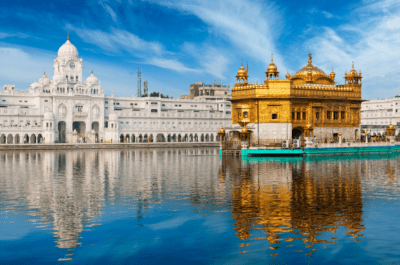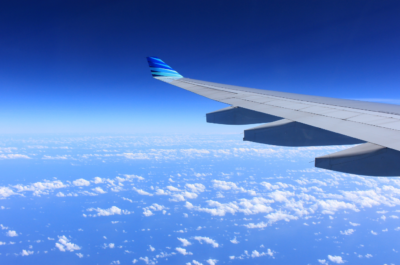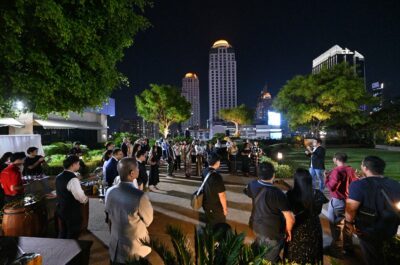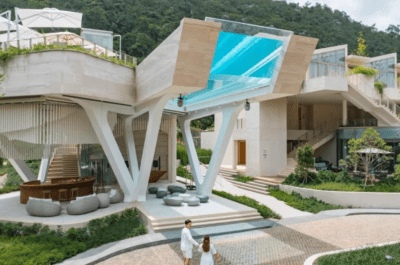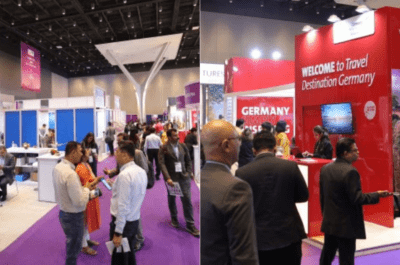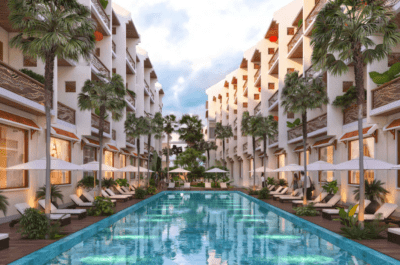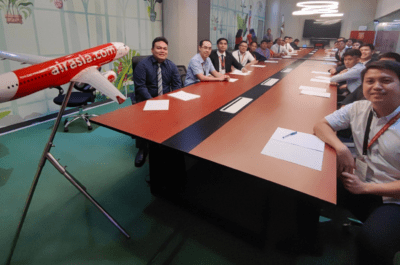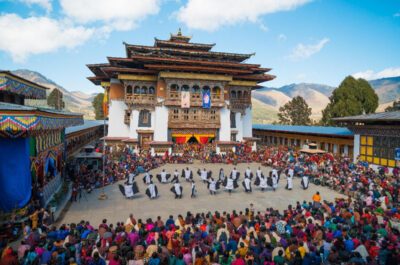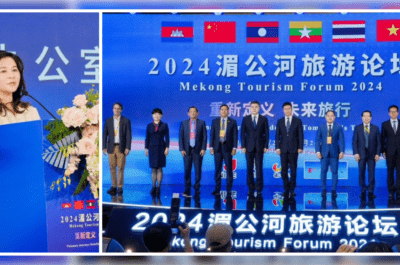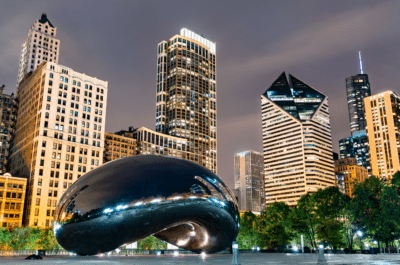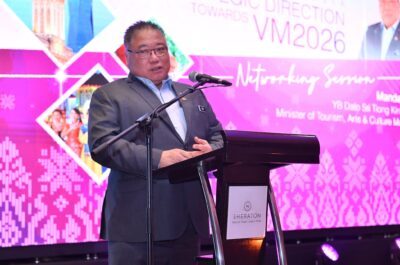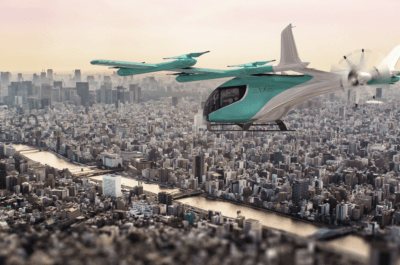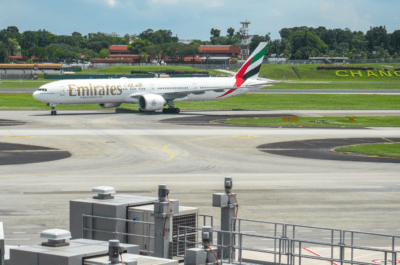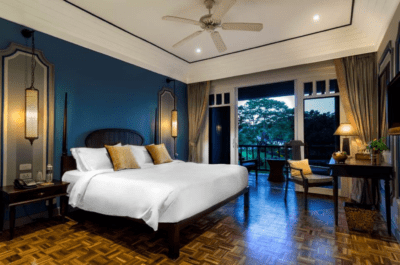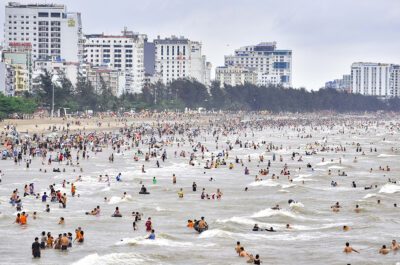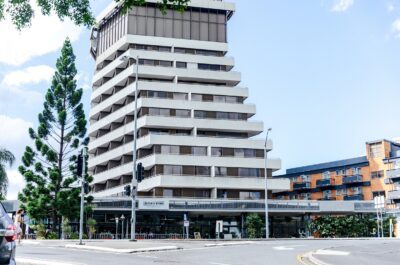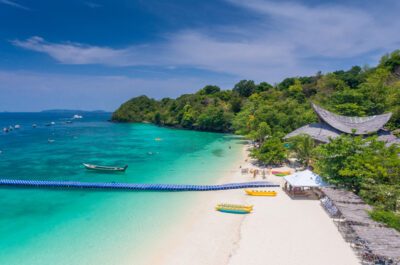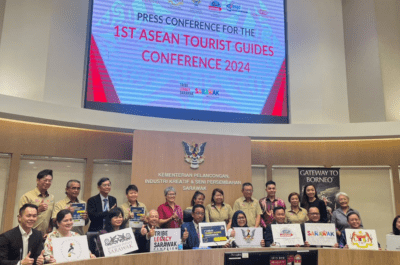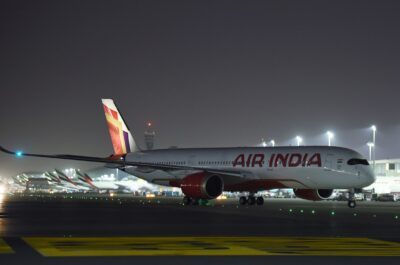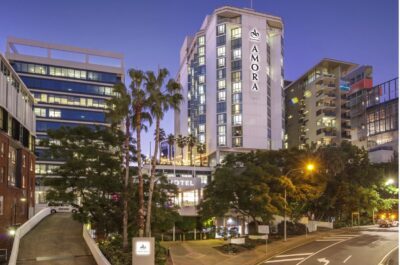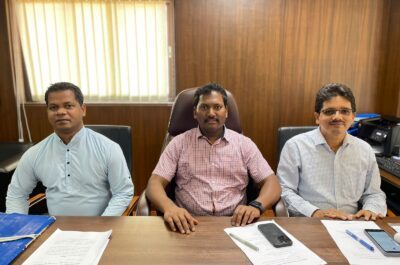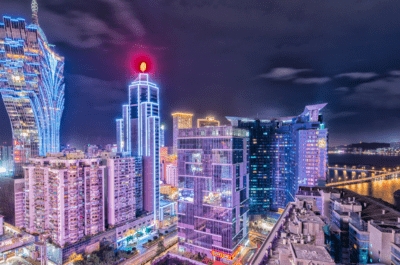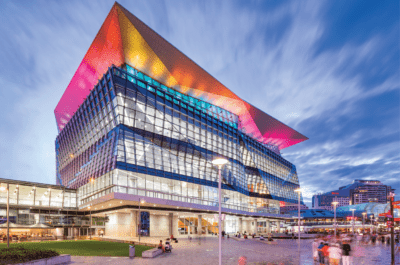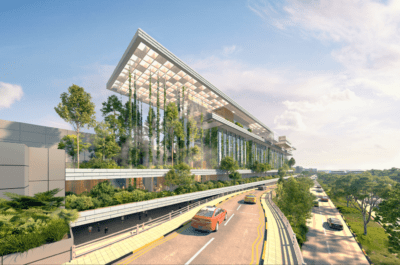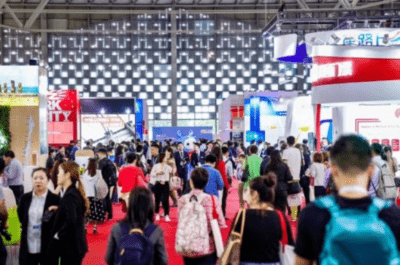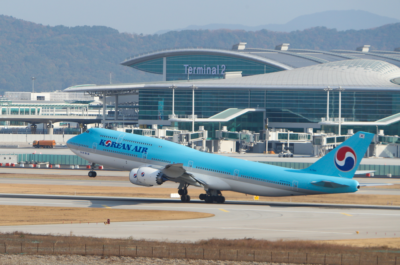Philippine President Gloria Macapagal-Arroyo’s laid out her three-year plan to develop the Central Philippines as a “Super Tourism Region.” This goal is made possible by several developments including…
Philippine President Gloria Macapagal-Arroyo’s laid out her three-year plan to develop the Central Philippines as a “Super Tourism Region.” This goal is made possible by several developments including recent economic gains, the addressing of false perceptions of the nation’s stability, and the eradication of bureaucratic “red tape.”
President Macapagal-Arroyo first unveiled the concept of “Super Regions” in her 2006 State-of-the-Nation Address (SONA), noting the importance of grouping selected regions and provinces by their economic strengths to stimulate economic growth and development. She identified several regions based on strength in agriculture, industry, technology and tourism. Central Philippines, consisting of 27 provinces (nearly 100,000 sq. km) in Southern Tagalog, Bicol, Western Visayas, Eastern Visayas, Central Visayas, Western Mindanao, Northern Mindanao and Caraga, have been identified as the Super Region for tourism.
Given recent economic gains, including the largest influx of foreign investments to-date and a rapidly growing Cyber Corridor, which is expected to compete with that of India, President Macapagal-Arroyo is optimistic that enhancing the competitive advantage of the Philippines’ natural Super Tourism Region will result in further economic growth and an unprecedented boost in national development.
Toward this end, the President has named Tourism Secretary Joseph H. Durano as “Development Champion” for the Central Philippines Super Tourism Region. Durano will serve as a catalyst for development and will be the prime advocate ensuring the implementation of President Macapagal-Arroyo’s vision.
“With infrastructure development in the Central Philippine region, the livelihood and progress of Filipinos will be enhanced, and there will be more sustainable development focusing on the environment, as well as the preservation and promotion of our cultural heritage,” commented Durano.
“In turn, these developments will further our tourism goals by correcting false perceptions and improving our image in the international spotlight,” Durano added.
“The Philippines already has a significant tourism advantage over its Asian neighbors due to its long white beaches (the Philippines is widely-recognized as the beach capital of Asia), rich coastal and marine resources, diverse ecosystems, vast forest reserves and well-preserved historical landmarks, as well as the natural warmth of the Filipino people. Central Philippines boasts seven of the country’s 10 most visited beaches, located specifically in the provinces of Cebu, Alkan, Negros Occidental, Sorsogon, Samar, Palawan and Romblon. Most notably, Boracay Island’s more than two-mile-long White Beach in Western Visayas is hailed by many as the finest beach of the world. The Western Visayas region receives the largest share of the Central Philippines’ tourism revenue with P31.85 billion (USD$635 million) in 2005, followed by Central Visayas with an annual P29.34 billion (USD$585 million),” said Durano.
Emma Ruth Yulo, Director of the Philippine Department of Tourism in New York, noted that “the Philippines has an even greater advantage when it comes to attracting tourism from the U.S. as it is the only English-speaking nation in Asia, which is a huge comfort factor for Americans traveling overseas.”
Using sustainable tourism as the main development thrust will enable the Central Philippines Super Tourism Region to tap the development potentials of even the smaller islands, protecting fragile marine and coastal ecosystems.
President Macapagal-Arroyo has allocated a budget of P84.75 (USD$1.69 billion) over the next three years to fund various programs designed to increase tourism in Central Philippines, including the construction of new environment-friendly airports, seaports, access roads and railways to make travel to and within the Philippines faster and more comfortable.


